India Wants Low-end Chinese Phones Out
The first 3G offering starts at ~$20.75 and there are many models to choose from in those price ranges, so the government, while encouraging smartphone brands to enter the Indian market and manufacture locally, seem to be reserving the low-end market for those that produce at home. Chinese brands do offer some of those very low-end phones but popular Chinese brands like Xiaomi (1810.HK), Oppo (pvt) and Vivo (pvt) rely on phones in the $100 to $200 range given the average price of a smartphone in India was $211 in 1Q of this year. High end brand names will likely not be affected to any large degree.
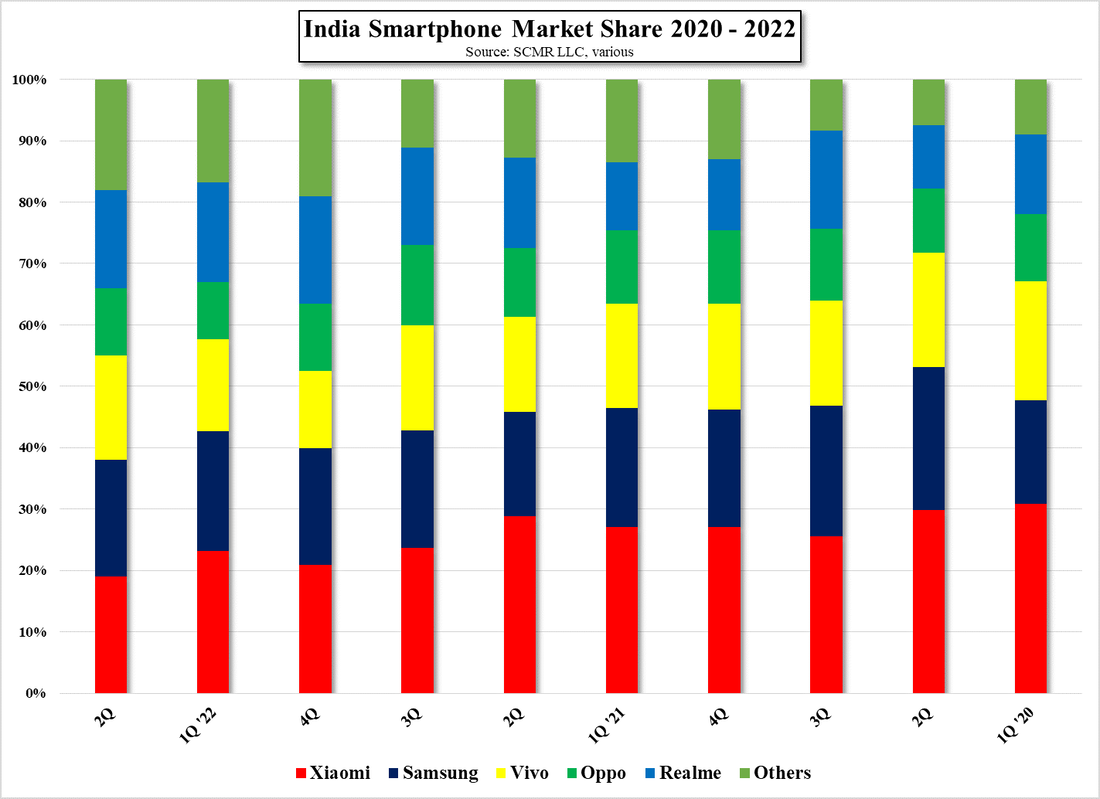
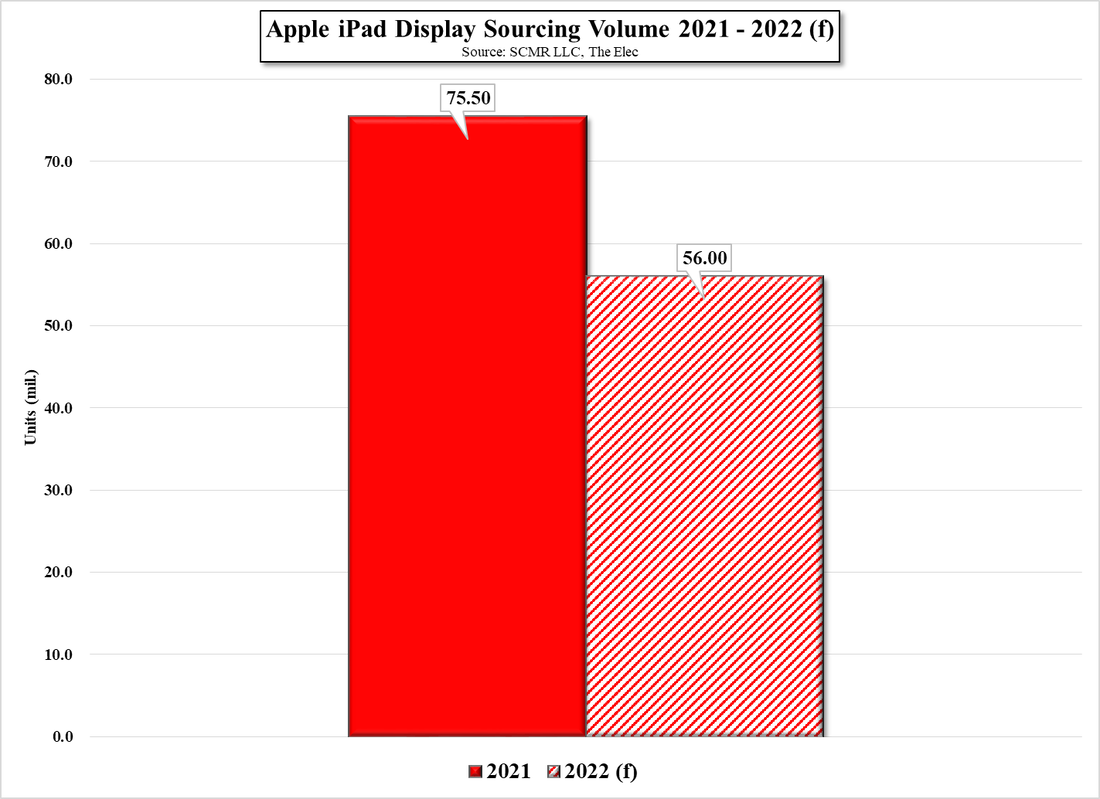
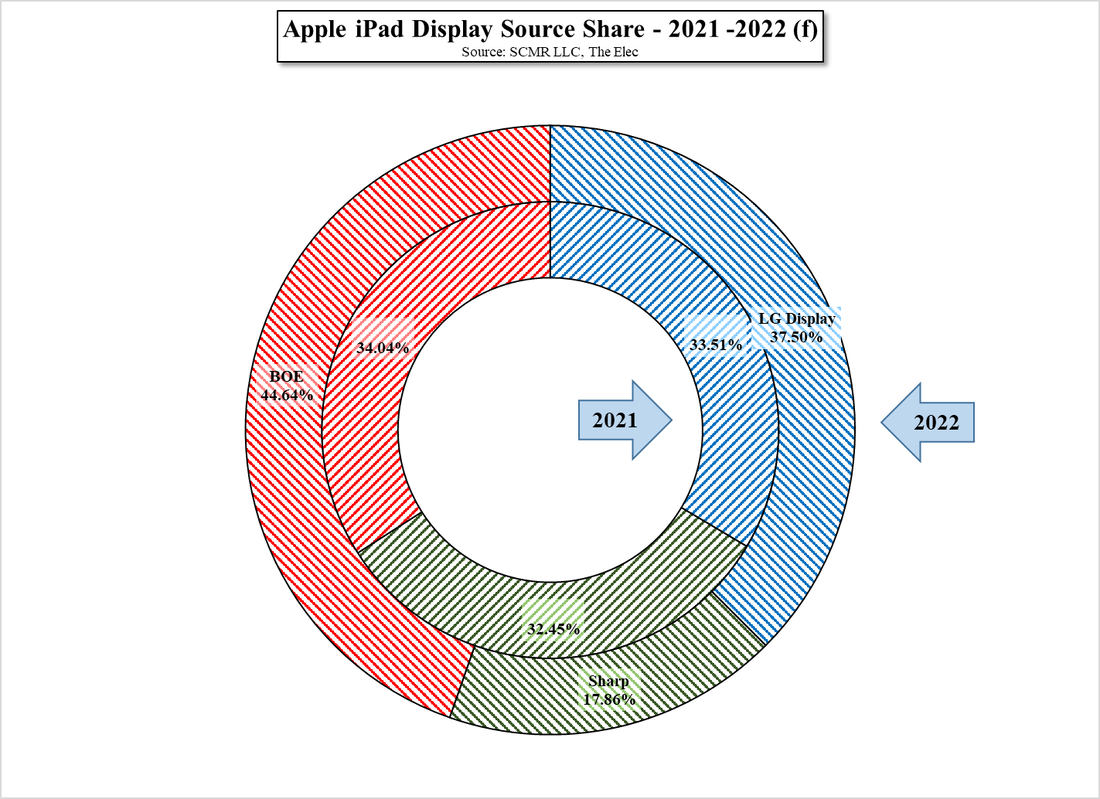
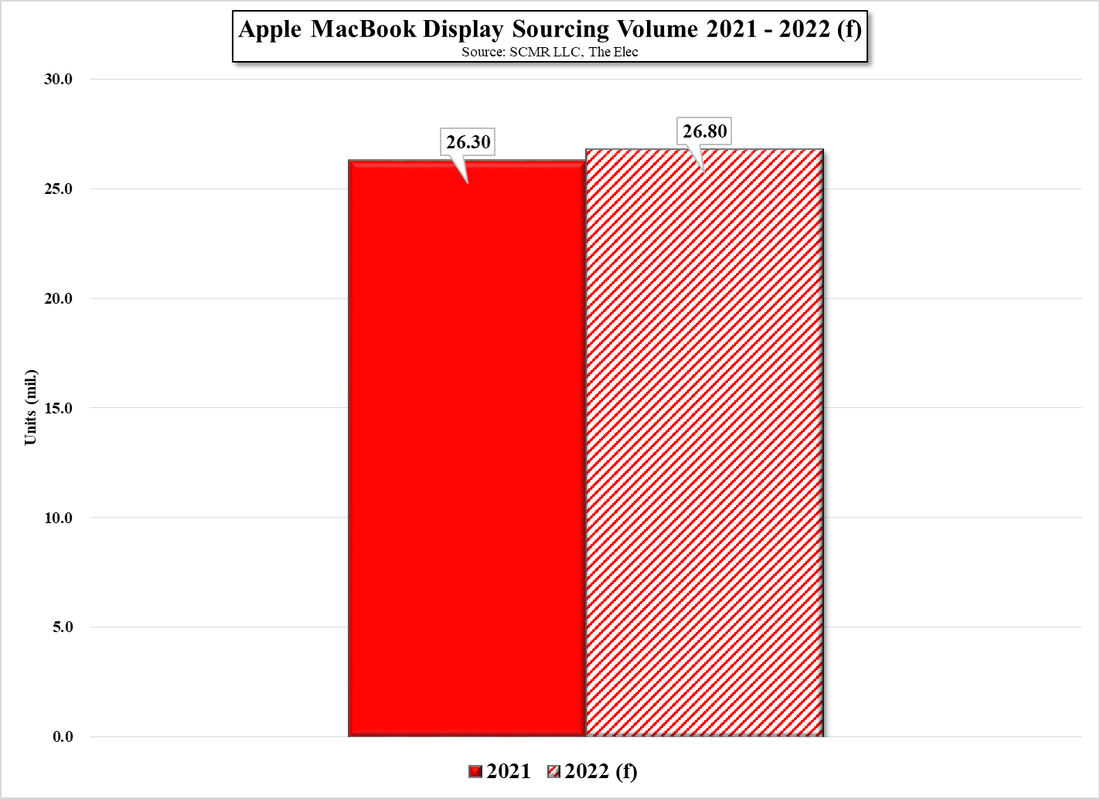
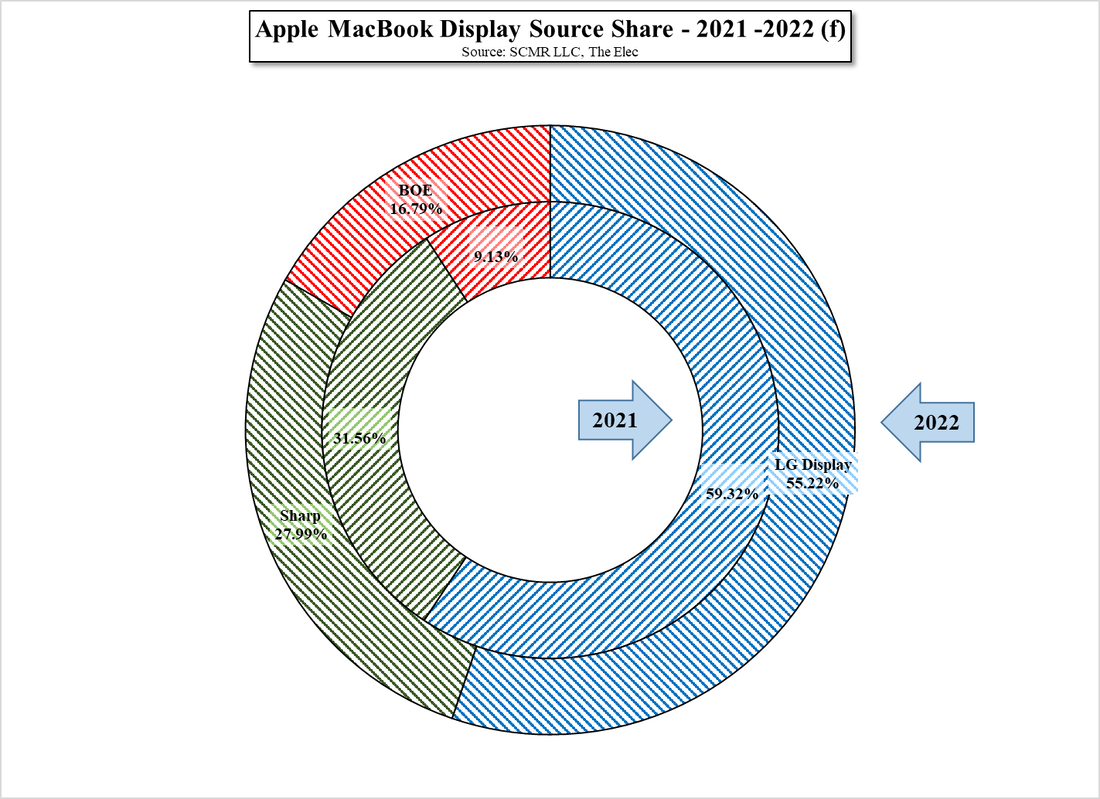
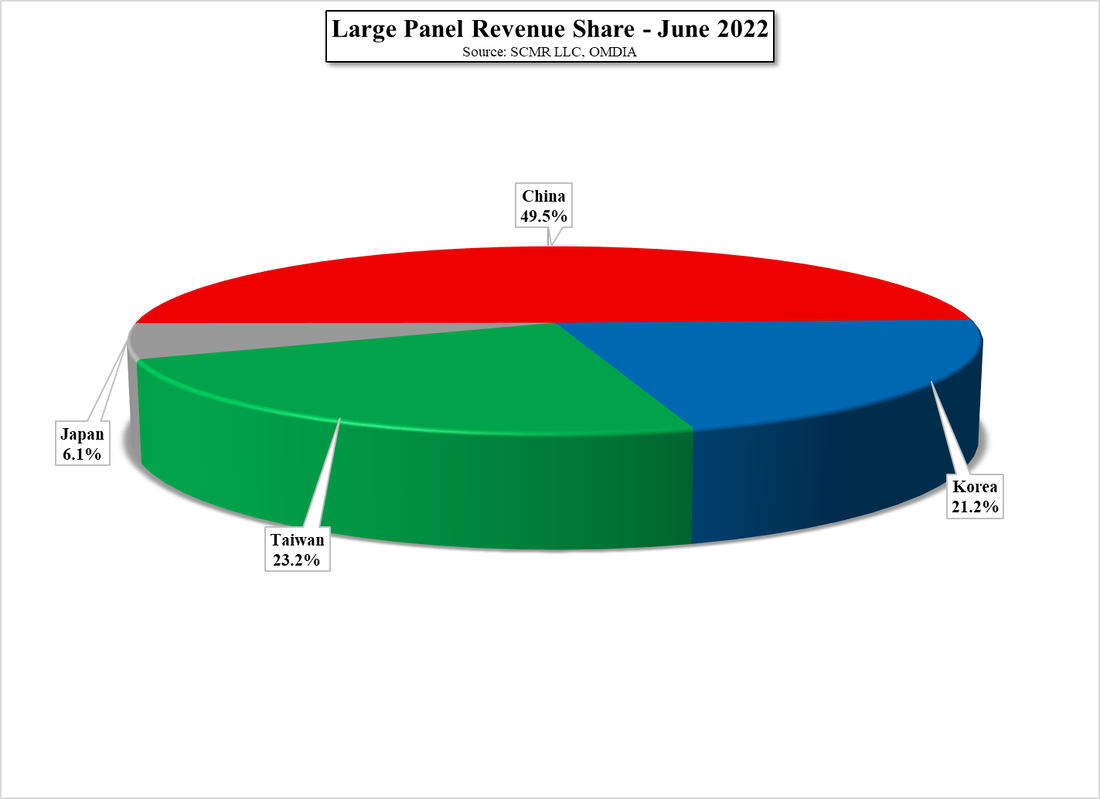









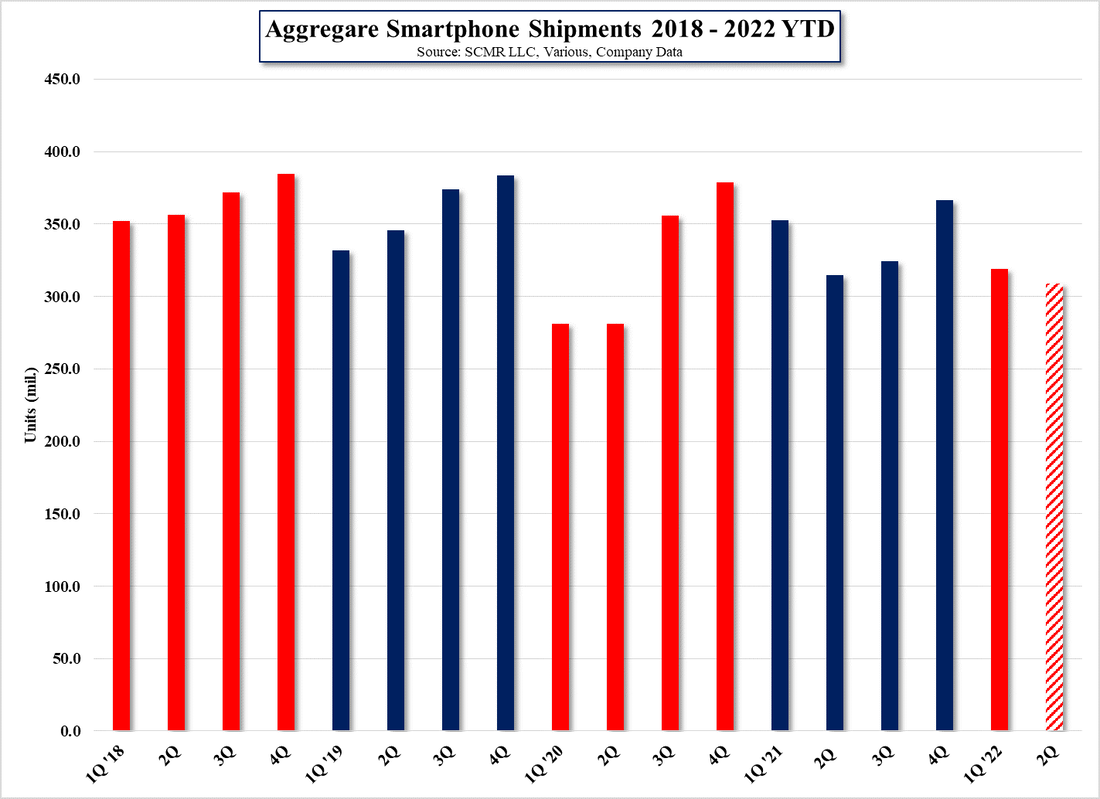
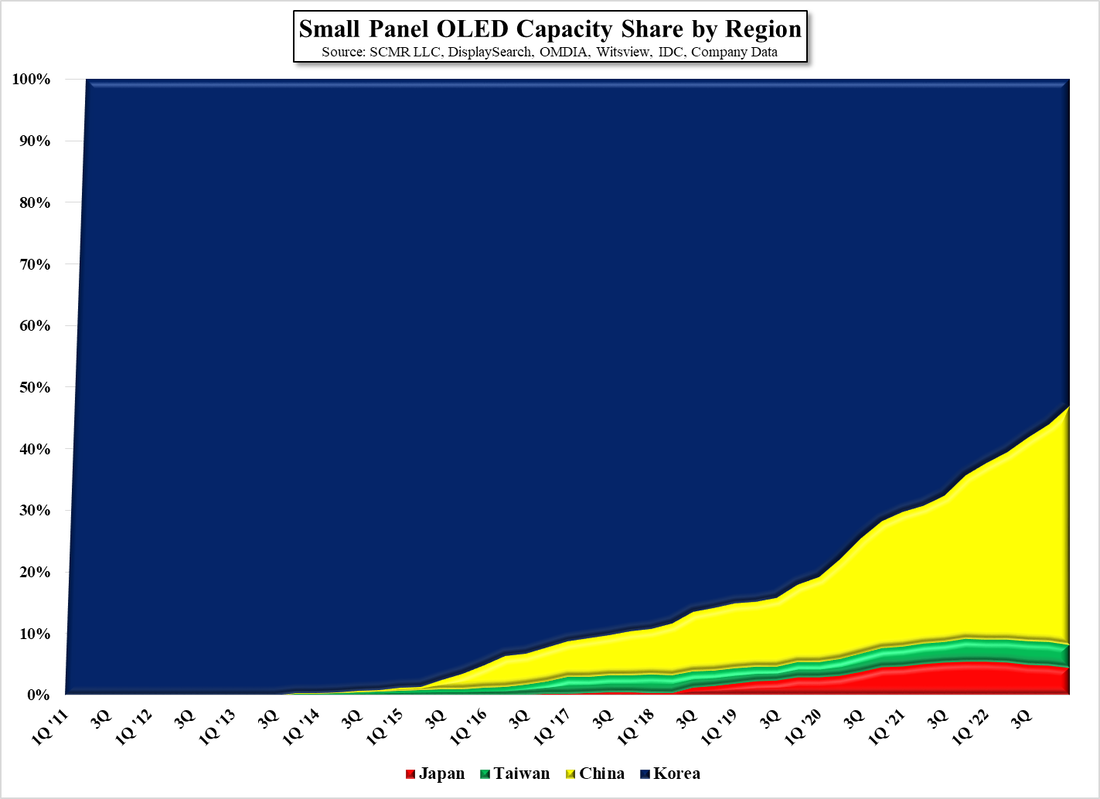
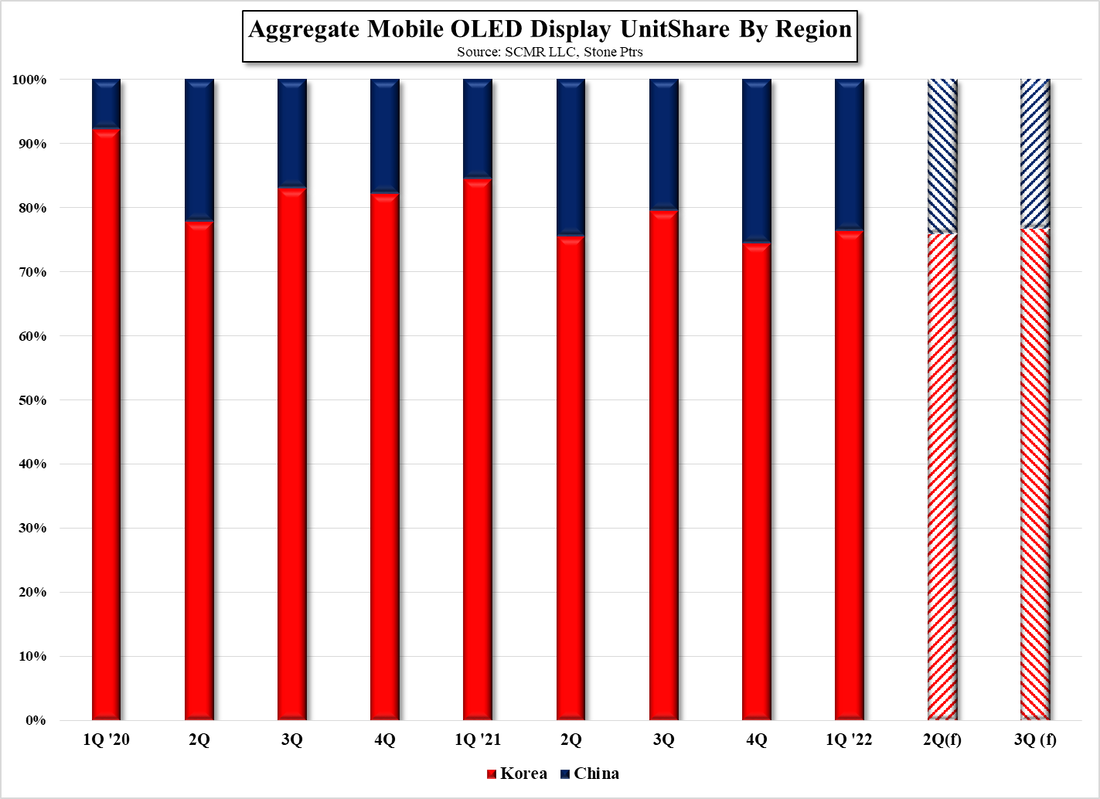
 RSS Feed
RSS Feed